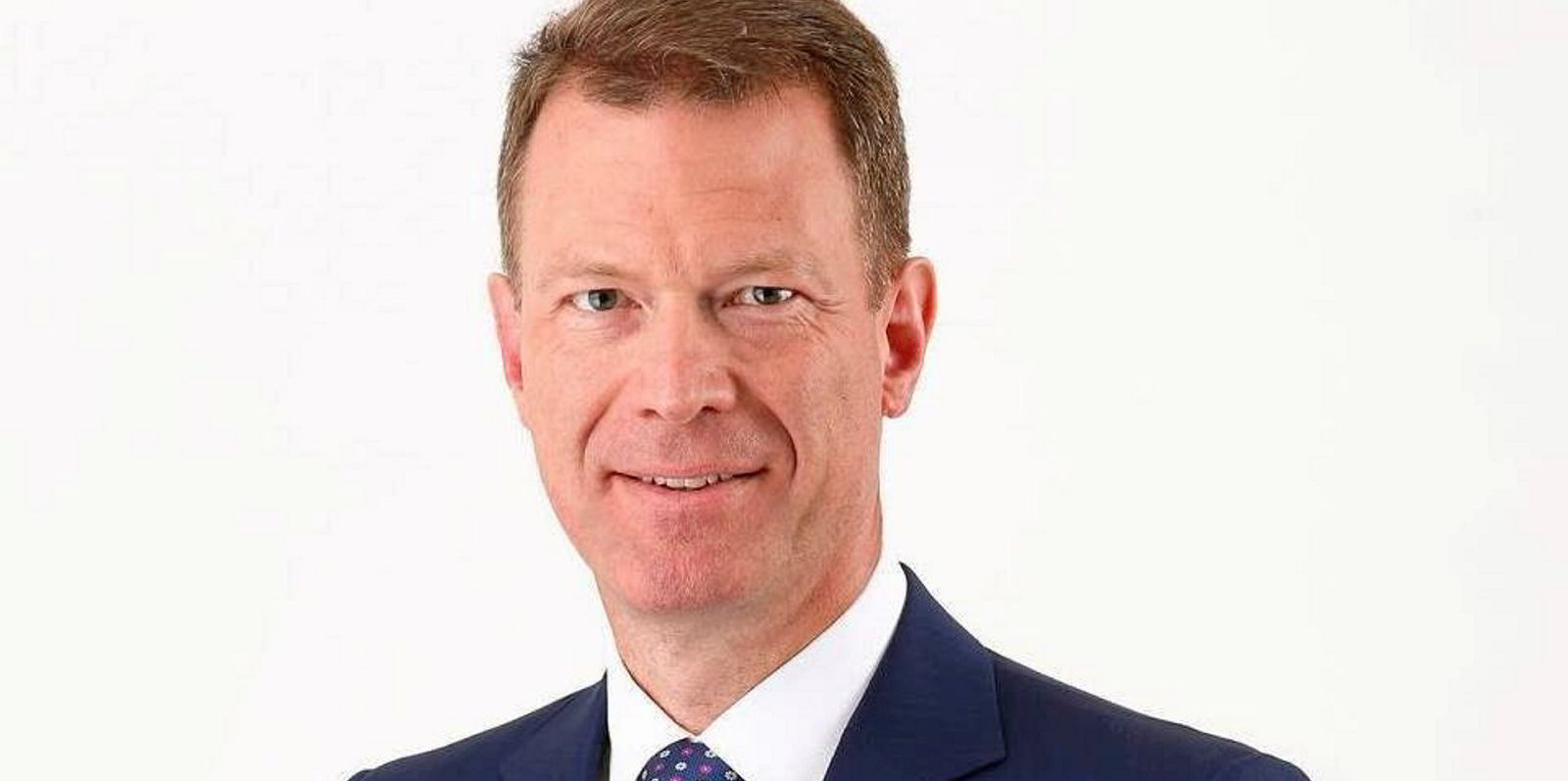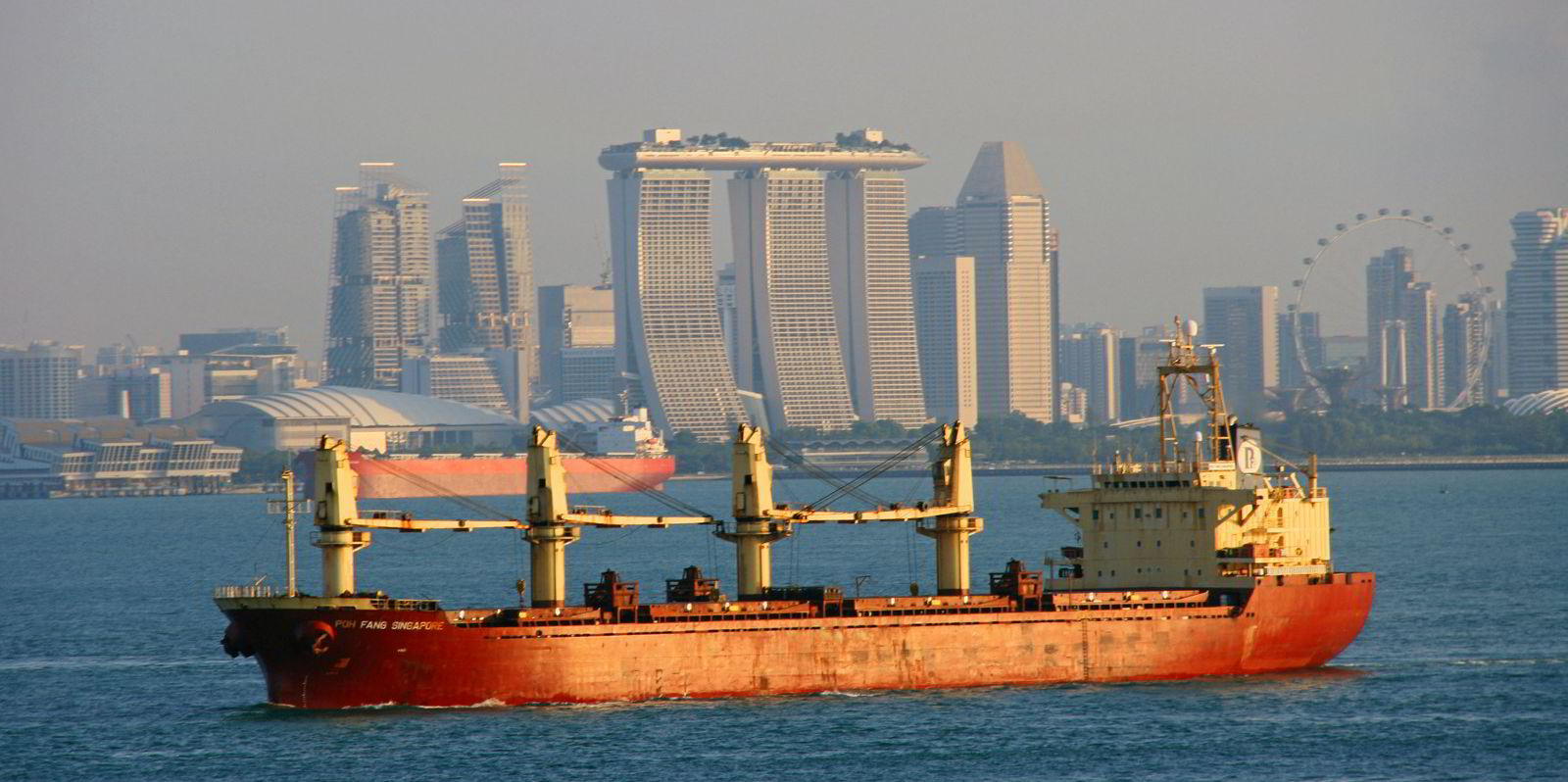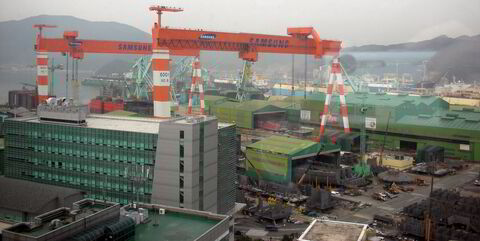RightShip introduced its greenhouse gas (GHG) rating in 2012, and chief executive Steen Lund likes to say — tongue in cheek — that the International Maritime Organization's recent steps to evaluate emissions are a "tacit approval" of its approach.
The Singapore ship vetting outfit's initial rating for newbuildings was similar to the IMO's Energy Efficiency Design Index, which was passed in 2011 and in its first phase required vessels to be 10% more efficient.
However, RightShip decided it also needed a way to grade the sustainability of existing ships.
That led to its Existing Vessel Design Index (EVDI), which Lund said is "very similar" to what the IMO is now coming out with, with its Energy Efficiency Existing Ship Index (EEXI).
"[EVDI] has allowed us to observe a shift in the market … we saw charterers being very specific in demanding that there was a GHG rating so they could have a policy of how sustainable a vessel would be," Lund said.
The desire to make decisions based at least in part on emissions is in line with charterers' growing environmental, social and governance requirements. But it has not yet created a tiered market in which charter rates are driven by the sustainability of vessels.
That is despite more than 100 charterers using its GHG rating, according to RightShip, and 75% of the 45,000 vessel vettings it has processed over the past 12 months utilising it.
That period marks the time Lund has been in charge at RightShip after a 21-year career at AP Moller-Maersk and a decade at Germanischer Lloyd and DNV after its merger with GL.
Rightship's GHG rating has evolved to bring in data for energy-saving devices and technologies, such as wind-assisted propulsion or propeller boss cap fins. Since doing so, it has seen a move towards adopting energy-saving equipment.
That shift led the company to criticise the IMO's EEXI — alongside its upcoming Carbon Intensity Indicator — in October, as too heavily focused on overridable engine power limitations that allow targets to be hit by running vessels at slower speeds.
"The risk is a majority of operators being able to reach compliance by using an engine power limiter," Lund said, as so many ships are already sailing at lower than design speeds.

"At the stroke of midnight, a vessel that has performed engine power limitation looks as sustainable, in terms of assumed emissions, as a brand new vessel coming out of a shipyard, but it might be 15 years old.
"We don't believe that will give sufficient real emission reductions."
There is no current substitute for more vessels adopting energy-saving systems and rating the improvements, according to Lund.
Charter markets are complex, but — ignoring long-term fleet shifts to lower emission fuels and the oldest ships that can be scrapped — there is a huge number of mid-aged ships whose performance can be improved.
Lund said two main "pinch points" exist for energy-saving retrofits for ships aged from four to 15 years, in the form of five and 10-year dry-dockings.
He stressed support for the IMO's regulatory efforts, which are likely to seek continuous improvement to emissions reductions from EEXI's "line in the sand".
But he added: "Shipowners are challenging regulators to be more stringent", and "that goes hand in hand with GHG ratings being used to equip charterers with the ability to demand sustainable tonnage".
Chartering alignment with responsible environmental behaviour is enhanced by initiatives such as the Sea Cargo Charter and other carbon accounting systems as cargo owners seek to cut the scope 3 emissions that result from assets they do not control across supply chains.
So, will all this result in a tiered marketplace?
"That might happen during the lifespan of a vessel, but it might not be binary like a tier one or tier two market," Lund replied.
However, he cited a scenario of a two-year-old ship starting out as B-rated, dropping to C at 11 years of age as more efficient vessels emerge, and later slipping to D or E. That could affect whether a charterer would fix it, what it would pay or how long it would take the ship for.







